Bradford-born Alfred Angas Scott’s experiments with two-stroke motorcycle engines began in the closing years of the 19th Century. The first complete Scott motorcycle followed in 1908, its twin-cylinder engine, two-speed foot-change gear and all-chain drive marking it out as an exceptionally advanced design for its day. Light weight, ample power and sure-footed handling thanks to a low centre of gravity were Scott virtues right from the outset. Like its major rivals, Scott was well aware of the publicity value of racing and the allure of models with a TT connection, so the adoption of an optional full-frame tank, like that of the works racers, for the new Flying Squirrel was not surprising. Launched at the Olympia Show in 1925, the ‘Flyer’ came in 498cc and 596cc capacities, the latter being the most expensive machine in the range. Subsequent models also benefited from the racing programme, gaining the duplex frame and bigger brakes (first seen on the works bikes in 1926) and the magneto-platform Pilgrim oil pump adopted for the 1927 TT machines. The Flying Squirrel took on more of a touring role in the 1930s, being further up-dated with detachable cylinder head, Brampton forks and a foot-change gearbox. Presented in running condition, this Flying Squirrel was rebuilt circa ten years ago and comes with Scott Owners’ Club dating letter (to assist the acquisition of an age-related registration) confirming that both engine and frame are of 1936 manufacture. There are no other documents with the machine.
Bradford-born Alfred Angas Scott’s experiments with two-stroke motorcycle engines began in the closing years of the 19th Century. The first complete Scott motorcycle followed in 1908, its twin-cylinder engine, two-speed foot-change gear and all-chain drive marking it out as an exceptionally advanced design for its day. Light weight, ample power and sure-footed handling thanks to a low centre of gravity were Scott virtues right from the outset. Like its major rivals, Scott was well aware of the publicity value of racing and the allure of models with a TT connection, so the adoption of an optional full-frame tank, like that of the works racers, for the new Flying Squirrel was not surprising. Launched at the Olympia Show in 1925, the ‘Flyer’ came in 498cc and 596cc capacities, the latter being the most expensive machine in the range. Subsequent models also benefited from the racing programme, gaining the duplex frame and bigger brakes (first seen on the works bikes in 1926) and the magneto-platform Pilgrim oil pump adopted for the 1927 TT machines. The Flying Squirrel took on more of a touring role in the 1930s, being further up-dated with detachable cylinder head, Brampton forks and a foot-change gearbox. Presented in running condition, this Flying Squirrel was rebuilt circa ten years ago and comes with Scott Owners’ Club dating letter (to assist the acquisition of an age-related registration) confirming that both engine and frame are of 1936 manufacture. There are no other documents with the machine.
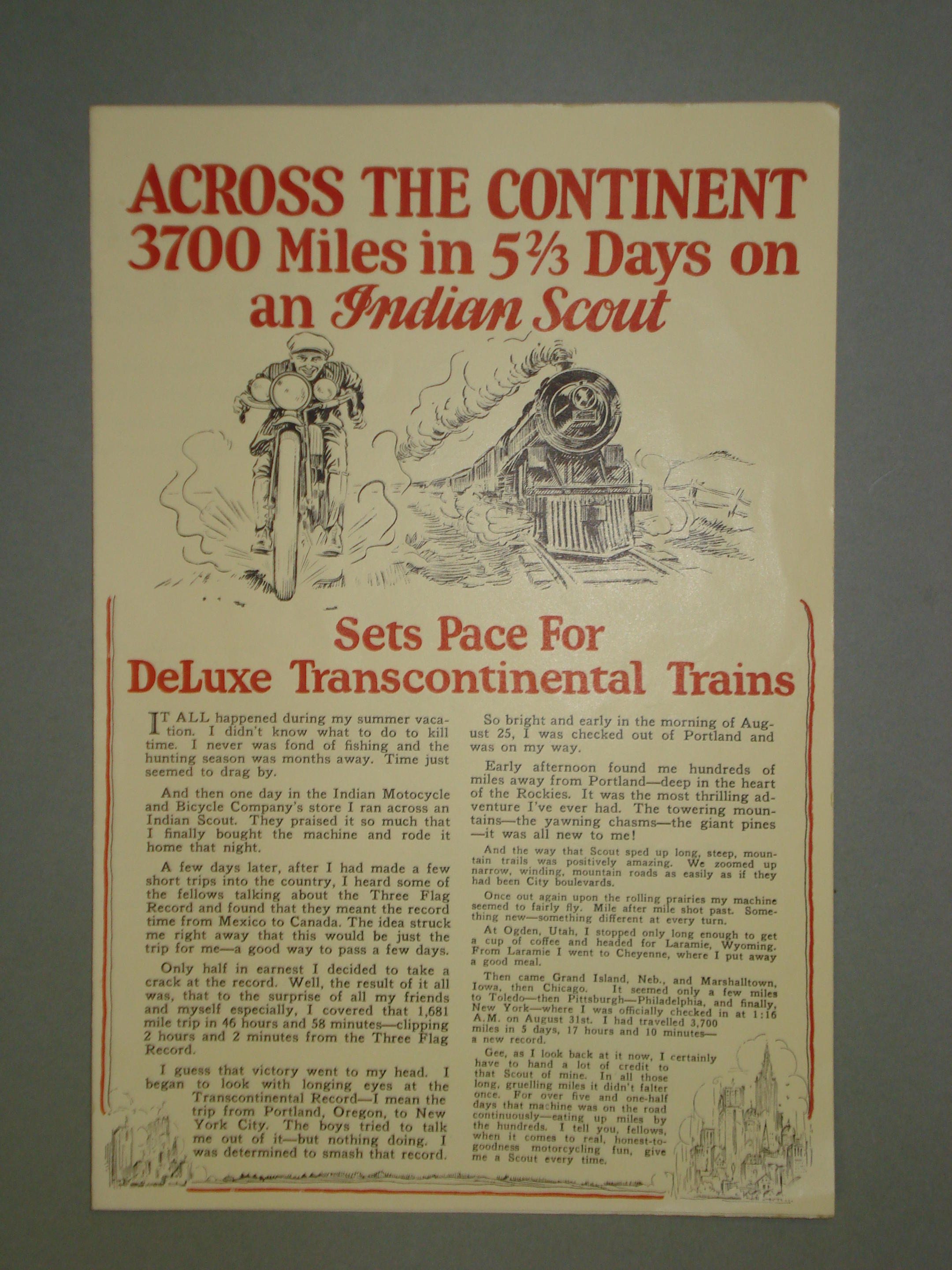
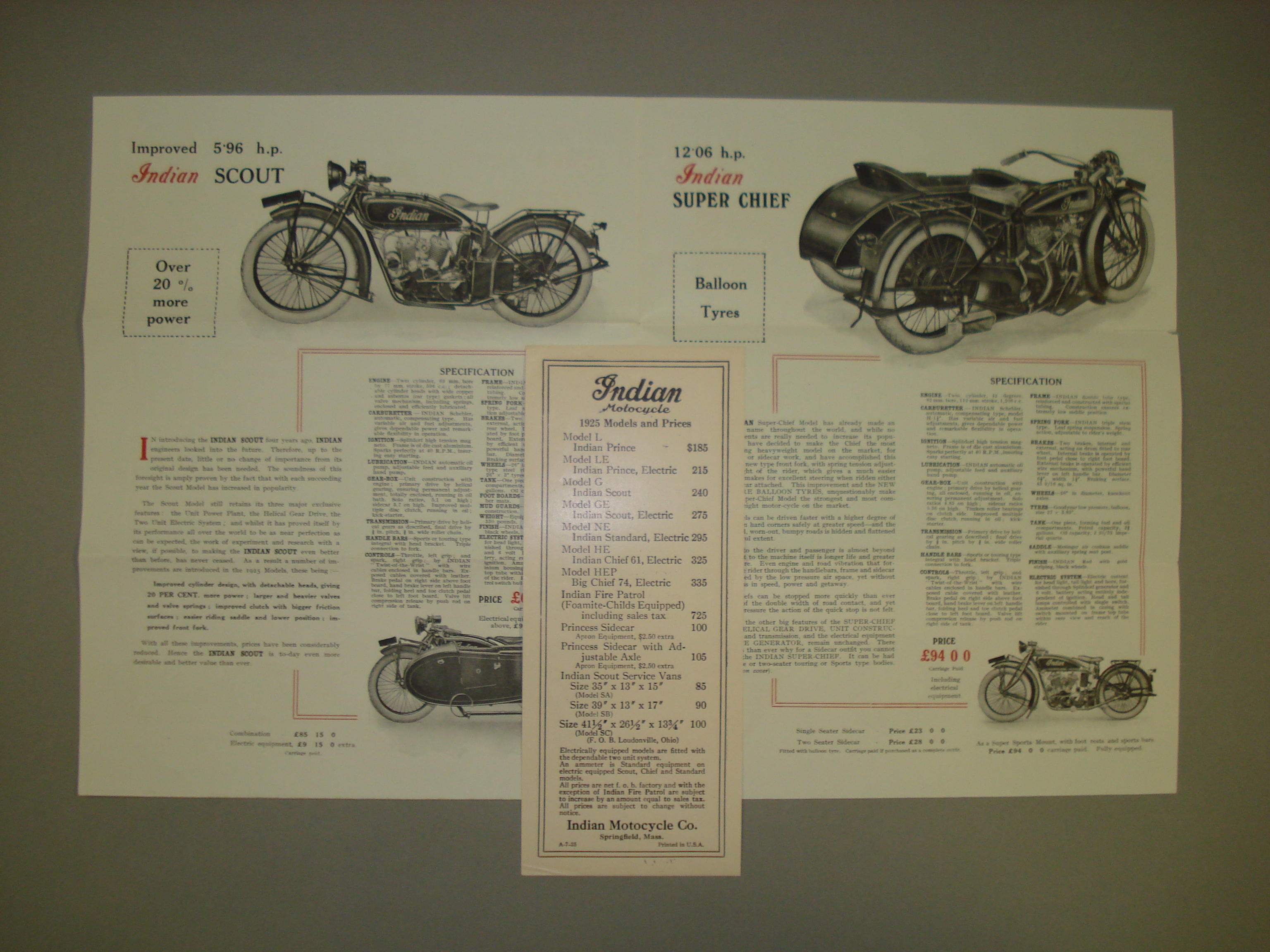
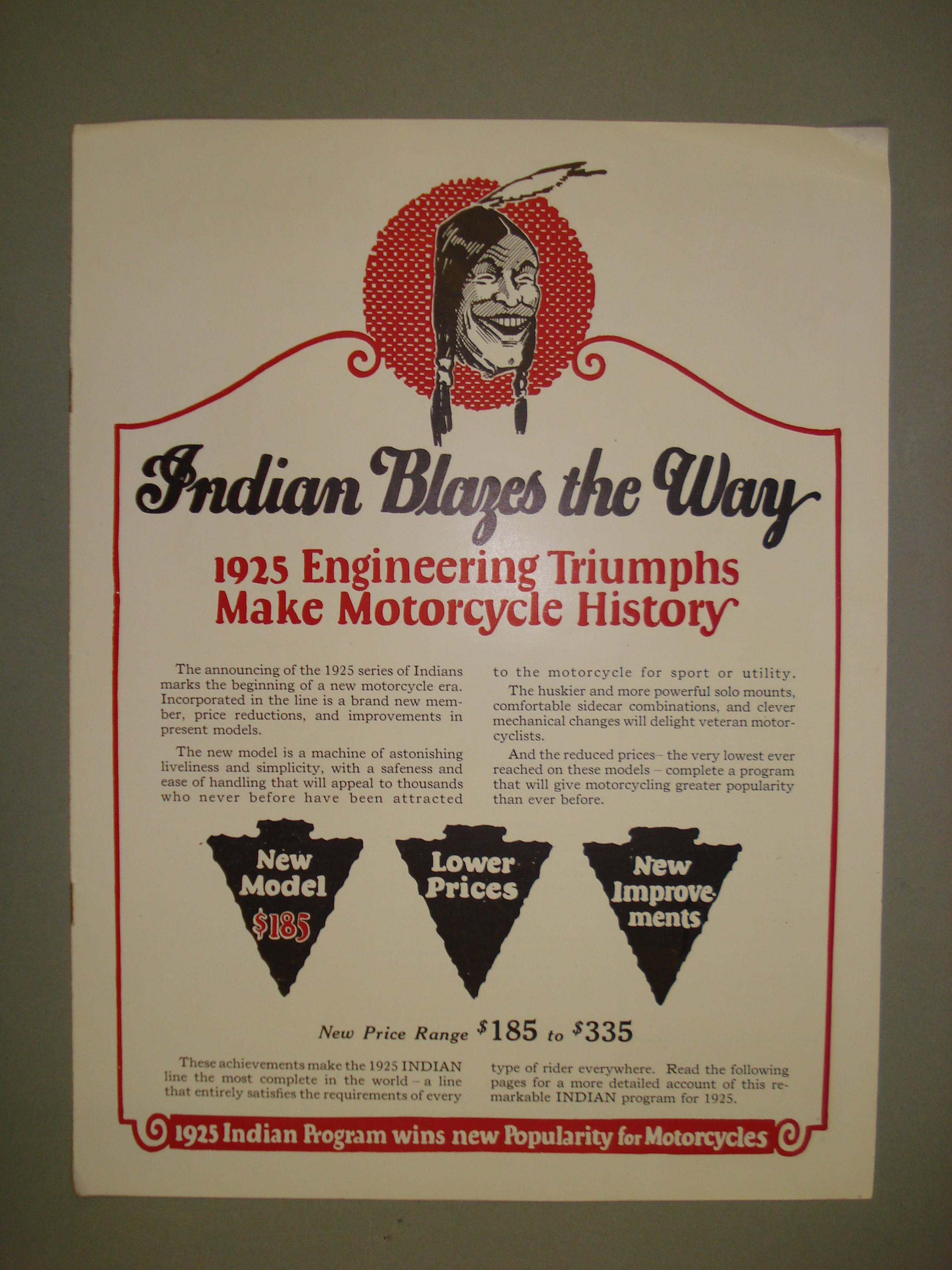
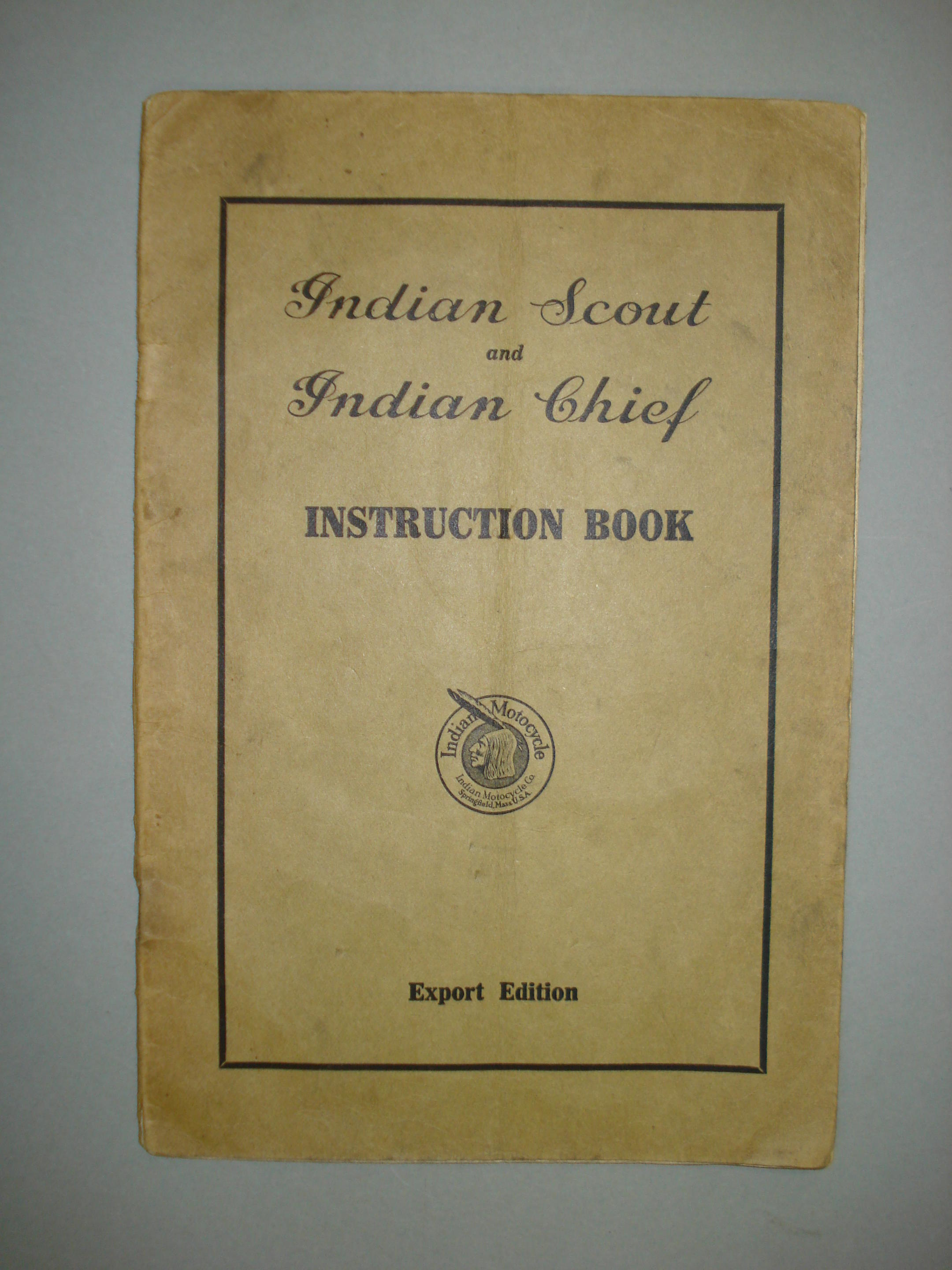

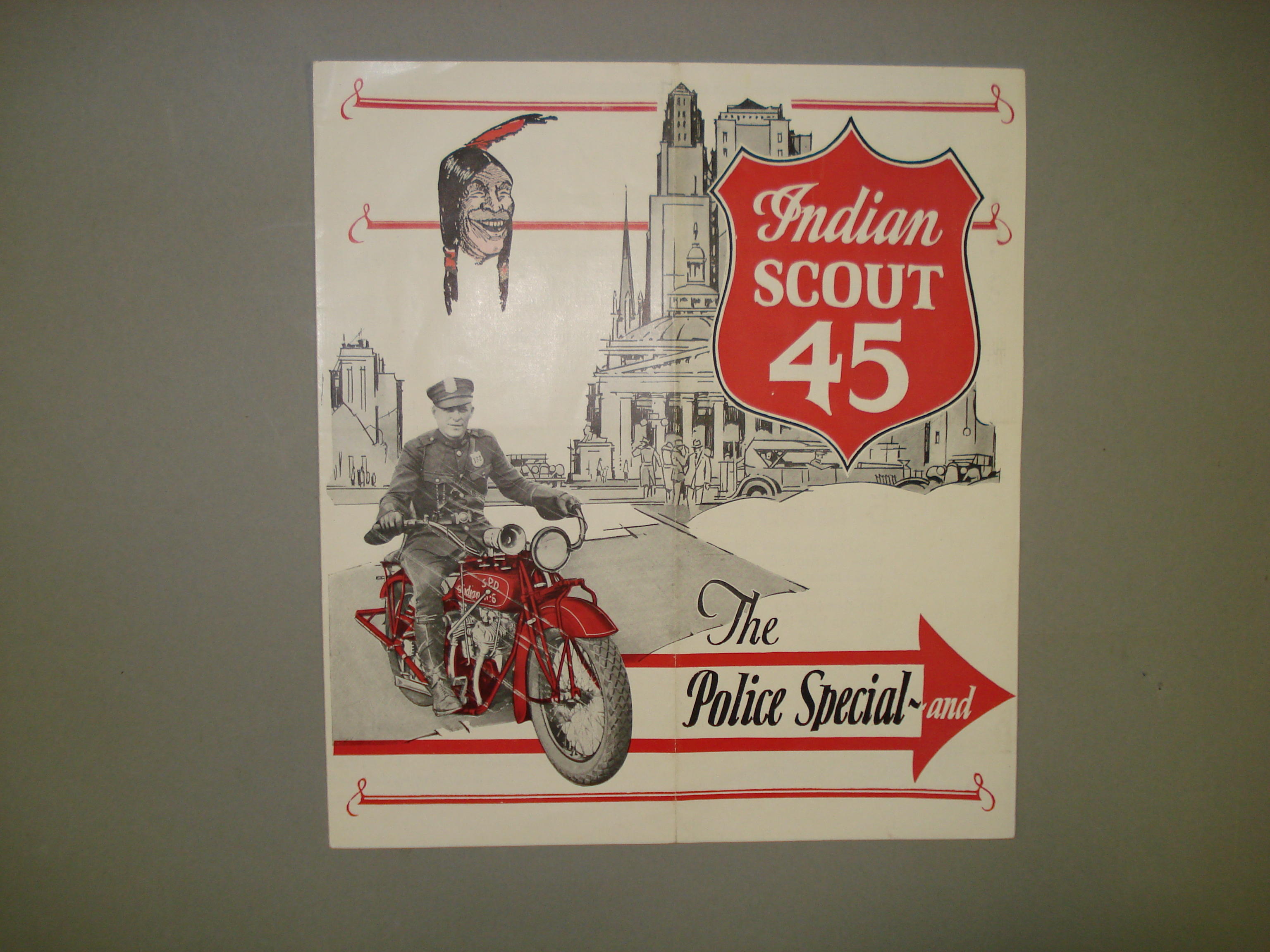

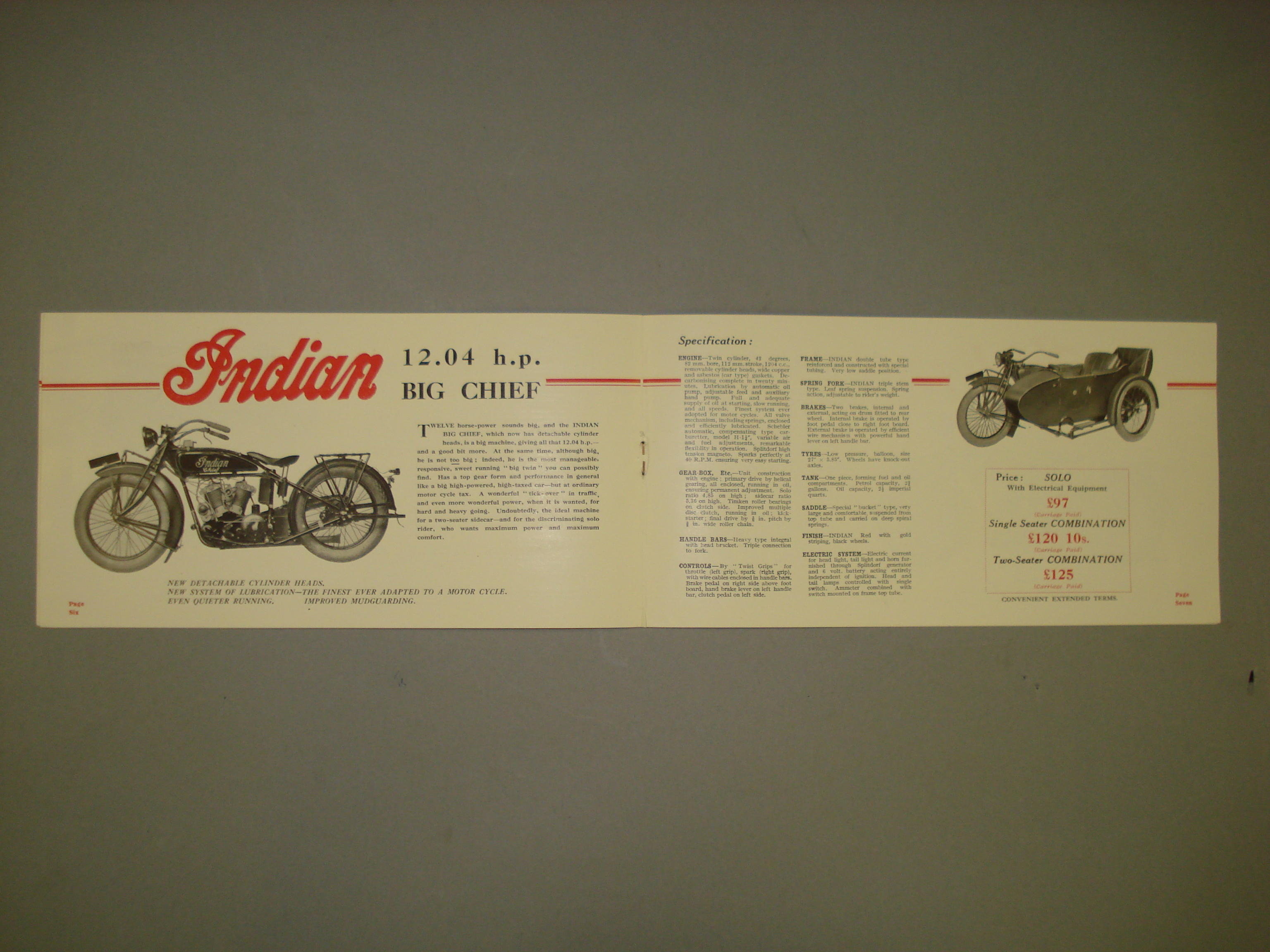

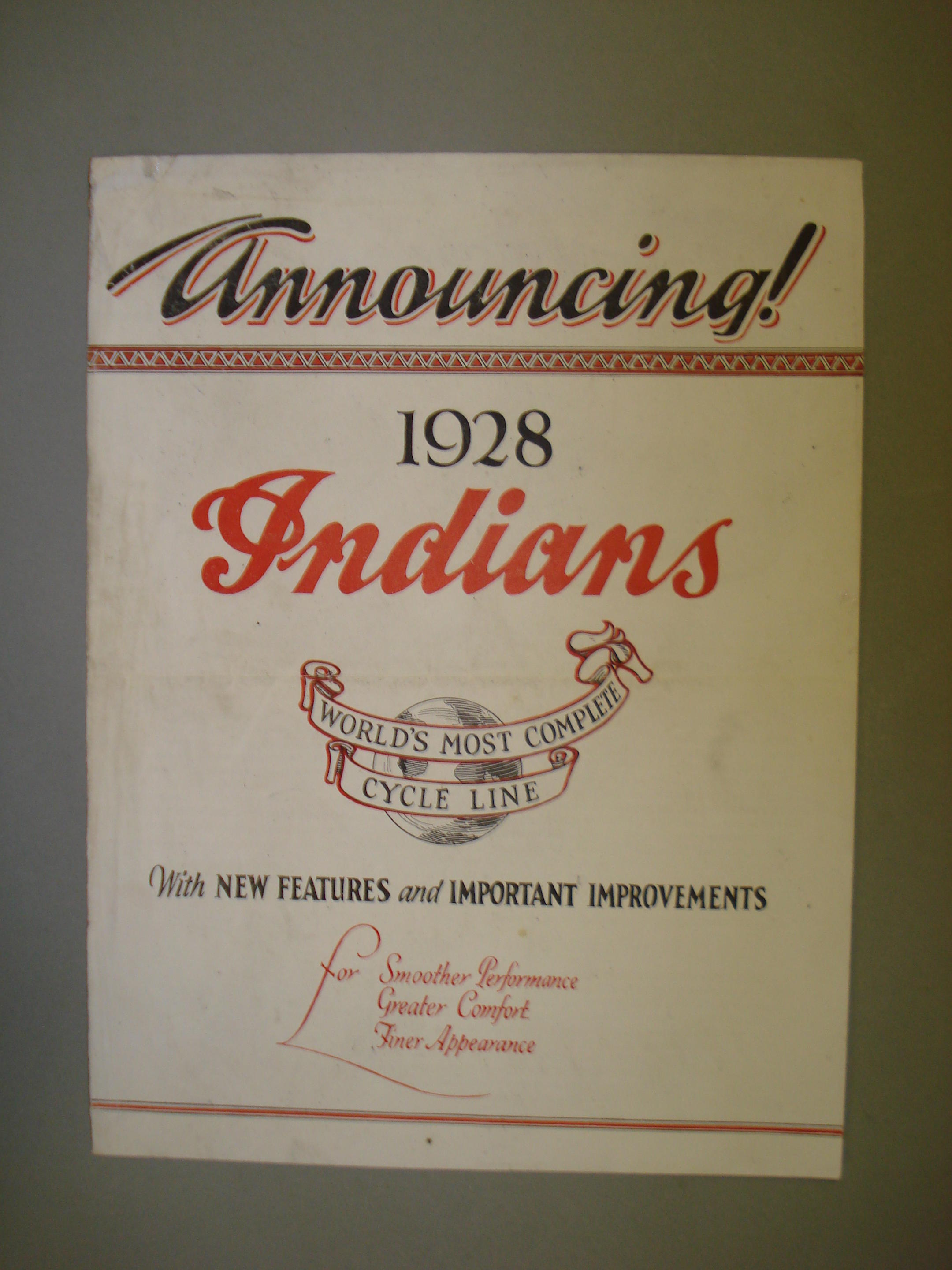
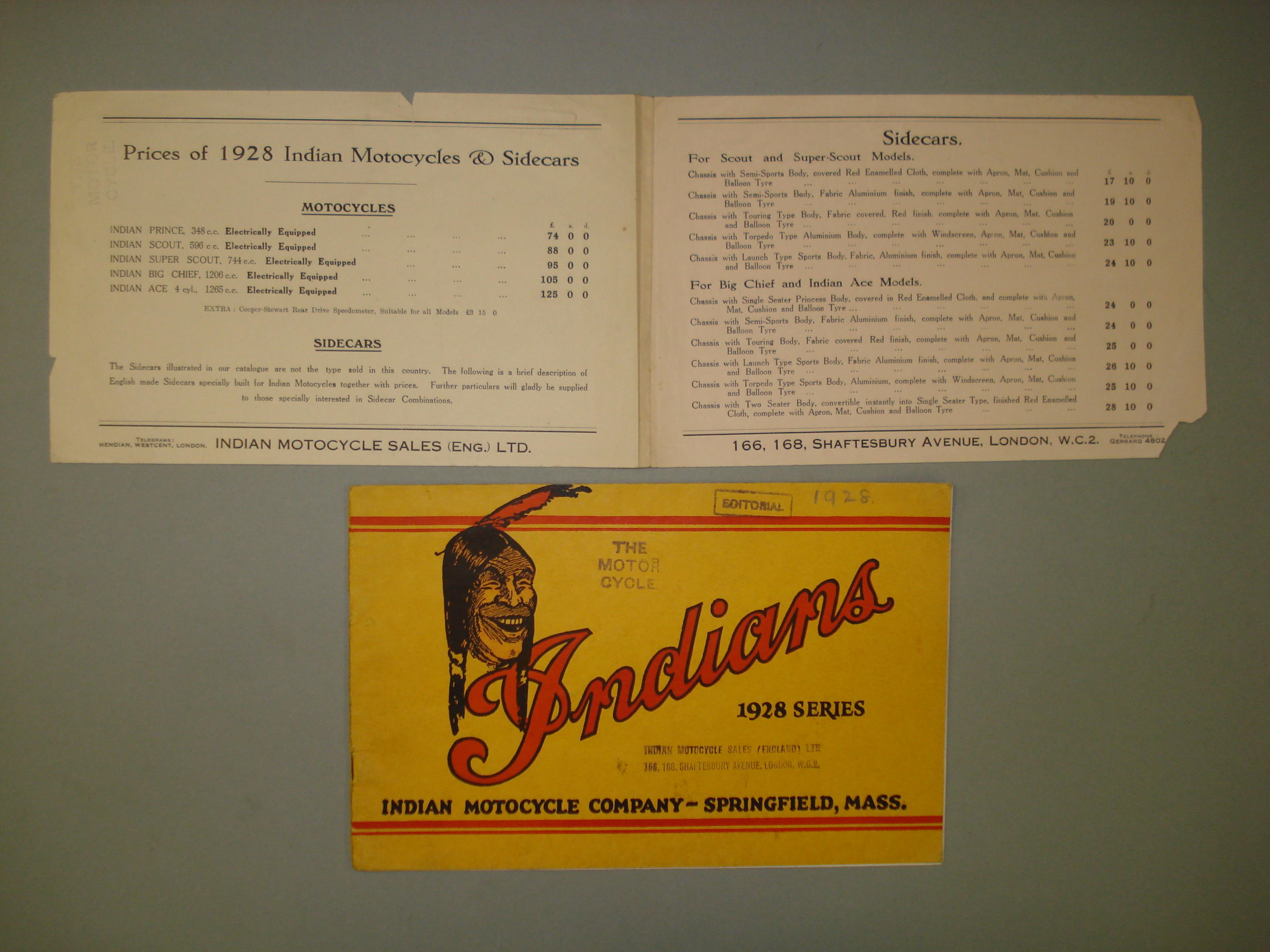
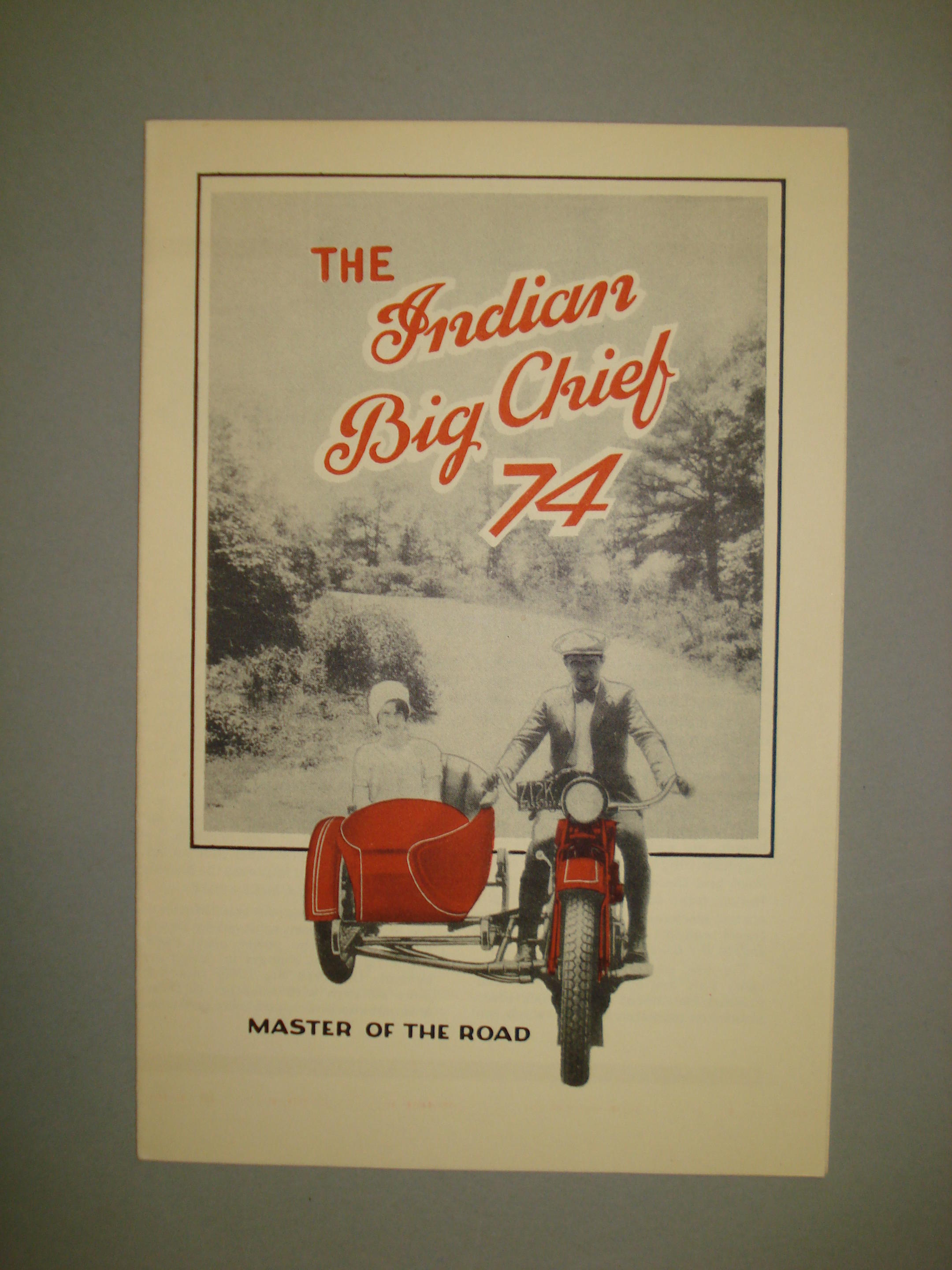
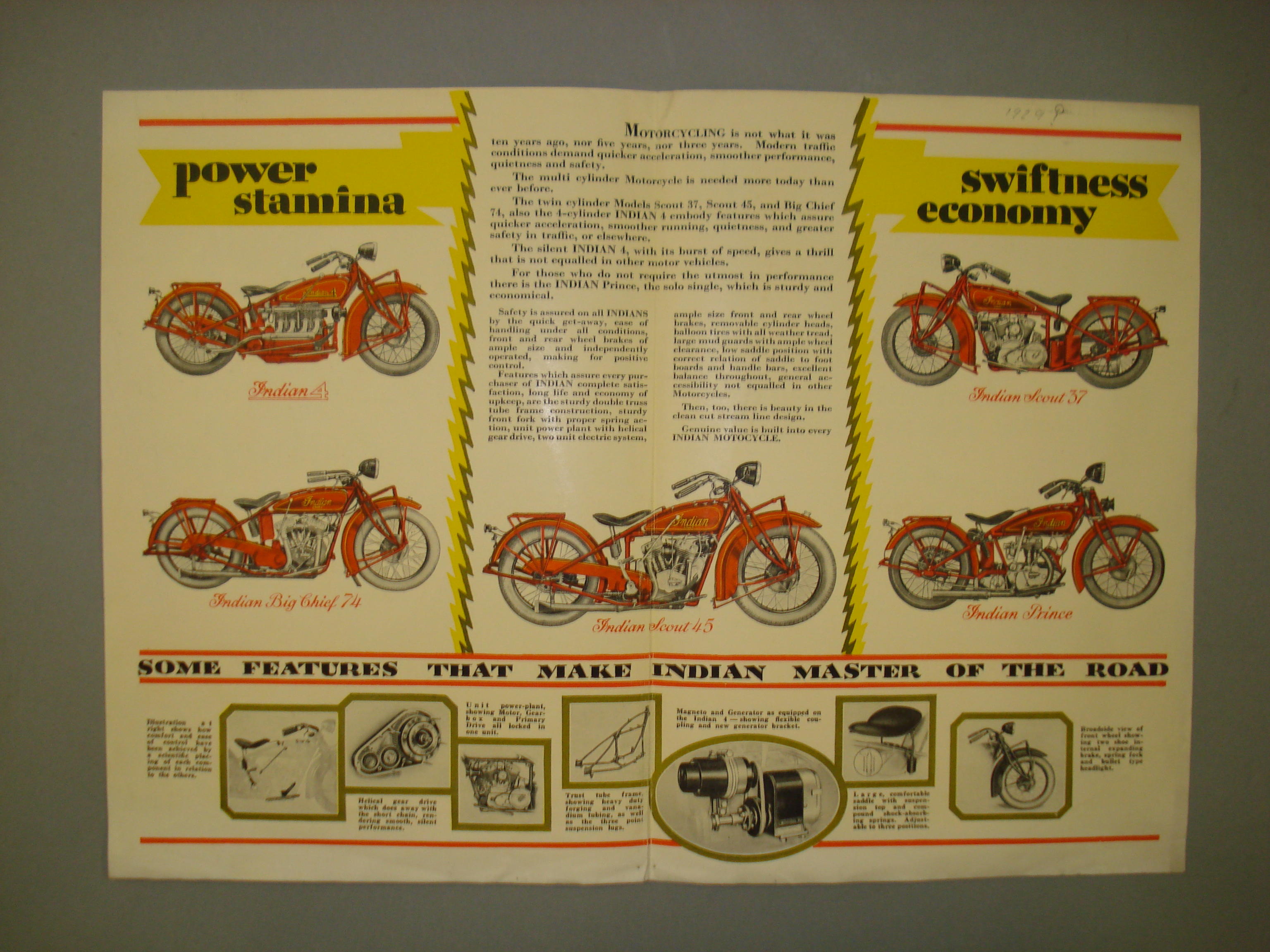
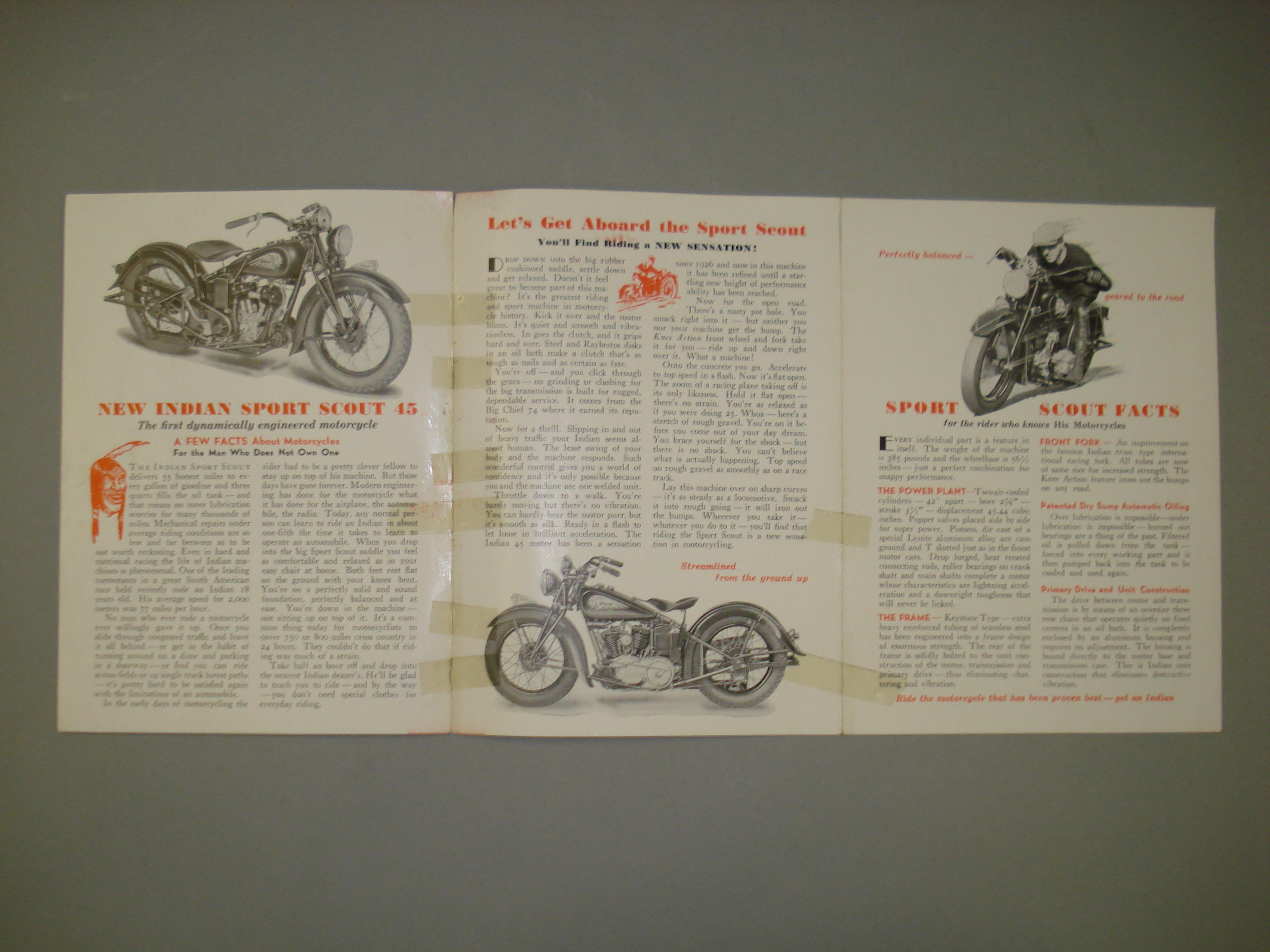
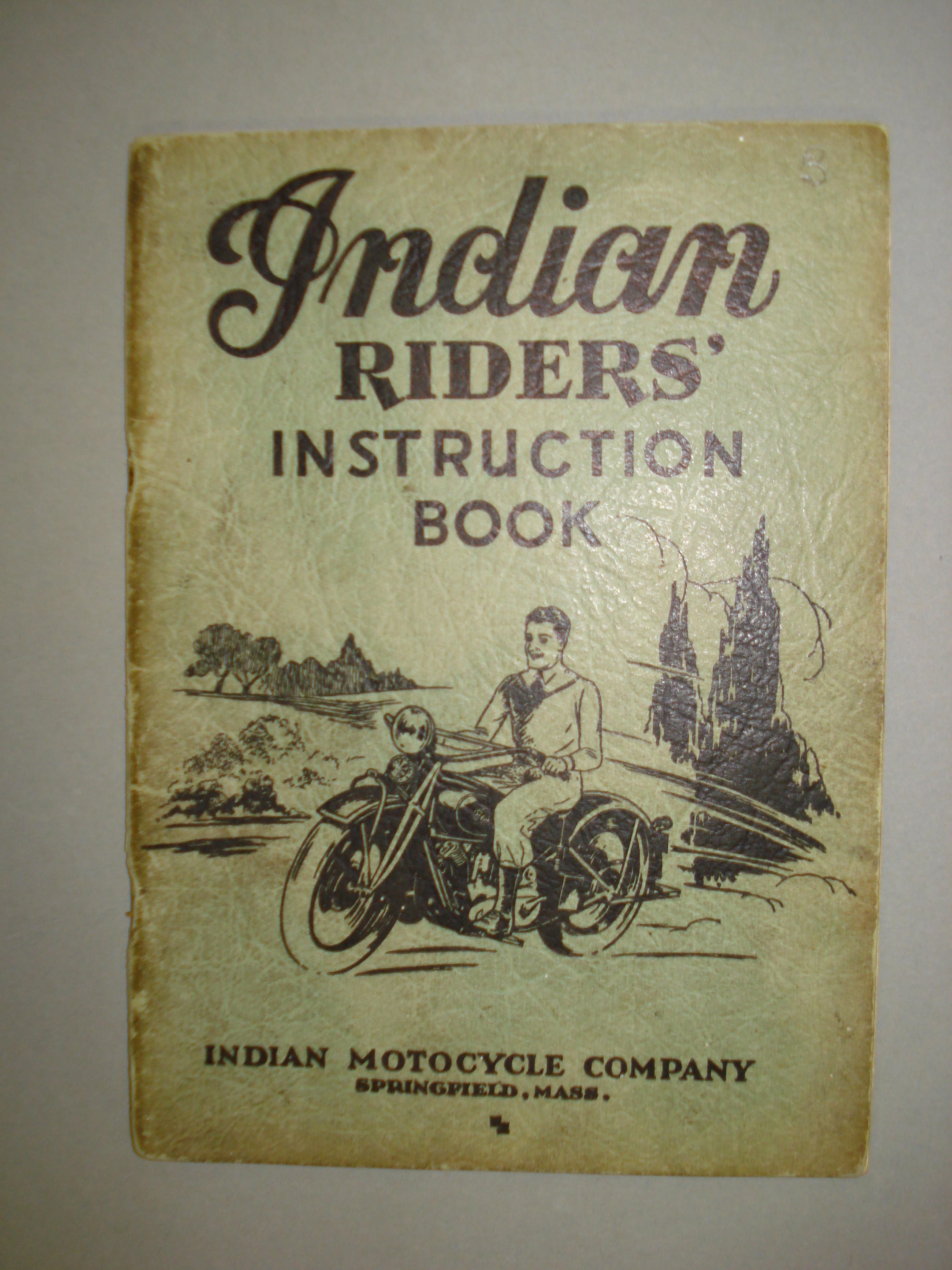
Try LotSearch and its premium features for 7 days - without any costs!
Be notified automatically about new items in upcoming auctions.
Create an alert